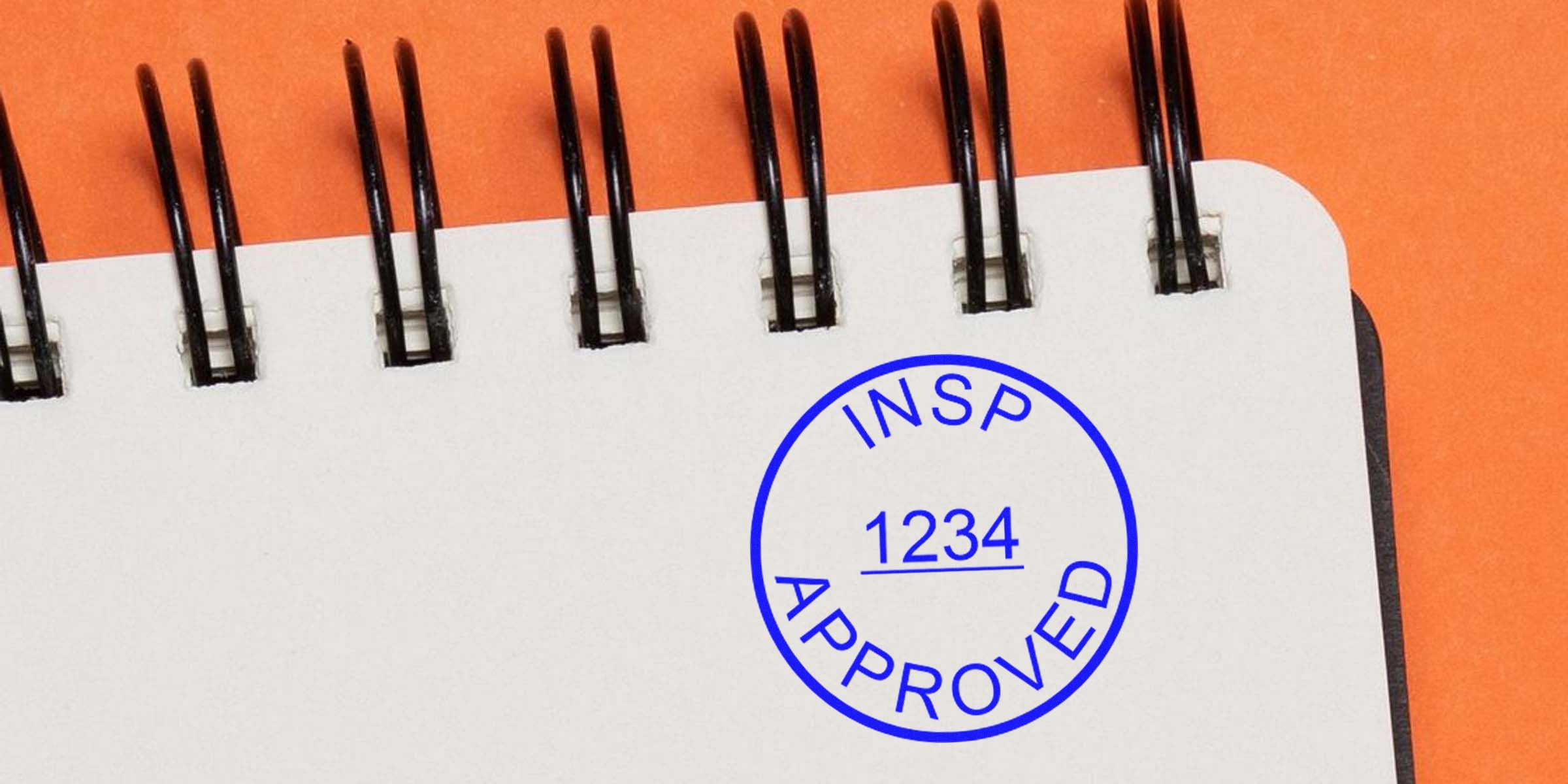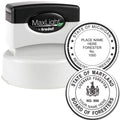If you’ve ever felt stuck waiting for your ink to dry before moving on to the next inspection, you’re not alone. Sometimes it feels like the process just crawls. That’s where quick dry ink for inspection swoops in to save the day, speeding up your workflow and keeping your markings crisp and professional. In this post, we’ll walk through what quick dry ink is all about, why it matters for quality control, and how to select and use it effectively. By the end, you’ll know exactly how to get the job done faster, with fewer smudges, less downtime, and greater peace of mind.
Master Quick Dry Ink Basics
What Is Quick Dry Ink?
Quick dry ink is a specialized formula that dramatically reduces the drying time you typically expect from standard stamping inks. Instead of waiting an eternity for ink to set, you can often touch or move your document within a matter of seconds. This is especially useful if you’re stamping hundreds (or even thousands) of items a day for quality assurance or inspection tasks. By cutting down those precious seconds per item, you’ll save hours in the long run.
Typical Components
You might be thinking, “What makes this ink dry so fast?” The secret is in the solvent-based or fast-evaporating components that allow the ink to bond and set upon contact with surfaces. Common solvents, resins, and color pigments work together to create a fast-acting blend. You’ll see different varieties on the market, but they all share the same basic objective: to stick quickly without smudging.
Recognize Its Key Benefits
Speedy Markings
The best-known benefit of quick-drying ink is, of course, speed. When you have a continuous flow of items that need a stamp—whether it’s for a final inspection date or a company logo—you need a formula that can keep up. Waiting even a few extra seconds per item can add up. Quick dry ink slashes that downtime, letting you power through tasks with minimal interruptions.
Enhanced Efficiency
Picture this scenario: You stamp a piece of paper, set it aside, then carefully stack it so it won’t smear the document below. That’s time and mental bandwidth you could use elsewhere. With a faster drying formula, you can stamp and stack confidently. Over a long shift, this makes a major difference in your productivity, and it helps maintain a neat, professional result free of smears.
Choose The Right Formula
Different Ink Types
Not all quick dry inks are created equal. You’ll find:
- Solvent-Based: These contain fast-evaporating solvents, ideal for non-porous surfaces like plastic, metal, or coated paper.
- Alcohol-Based: These dry quickly on certain surfaces but may require more frequent re-inking.
- Hybrid Blends: Some products combine multiple solvents or resins to achieve a balance of speed and color vibrancy.
Each formula has its own sweet spot, so it’s worth reading the label or testing a sample before committing to a large batch. While solvent-based inks excel on glossy or hard surfaces, water-resistant formulas might be better if your workplace is prone to moisture or frequent handling.
Matching Surfaces
One of the best ways to narrow down your choice is to match the ink to the material you’re stamping. For instance, if you often mark cardboard boxes for shipping, an ink designed for porous surfaces will likely give you bold impressions with minimal bleed. If you’re stamping on sleek plastic packaging, a solvent-based formula prevents smearing. Knowing the surfaces you’ll be dealing with helps you zero in on the ideal quick dry ink for inspection tasks.
Use These Best Practices
Application Tips
Want to make sure you’re getting the maximum benefit from your quick dry ink?
- Test a Small Area First: If you switch to a new ink type, do a quick test stamp. This helps you confirm drying times and ink clarity.
- Keep Your Stamp Clean: Dust, dried ink, or residue can slow you down and compromise stamp quality. Regularly wipe the stamp’s surface with a mild cleaner.
- Cap Your Ink Pad: Solvent-based inks can evaporate or thicken when exposed to air, so sealing the pad when not in use helps maintain consistent results.
Troubleshooting Common Issues
Even with the right ink, occasional hiccups can happen:
- Smudging: If you still get smears, try a lighter hand or switch to a stamp with a softer or firmer pad.
- Fading: Your ink might be nearing the end of its shelf life. Check the expiration or manufacturing date.
- Ink Pad Drying Out: A quick refresher with the same brand of ink re-activates the pad.
If you encounter ongoing issues, do a fresh test on scrap material to rule out surface or environmental factors. Small changes, like repositioning a fan or adjusting the temperature in your workspace, can also speed up drying.
Partner With ESS For Quality
When it comes to custom inspection stamps, QA stamps, or QC stamps, you want a reliable partner that understands how crucial performance and speed are in your daily operations. That’s where ESS steps in. We’re a Family Owned and Operated business since 1964, and we pride ourselves on delivering top-notch custom stamps to busy professionals everywhere.
From designing a personalized stamp to recommending ink types for different surfaces, our team offers excellent customer service and very fast turnaround, so you never have to halt production. If brand visibility matters to you, check out our company logo inspection stamp, which offers a standout way to mark each item with consistent high-quality impressions. At ESS, we’ve spent decades refining our product range so you can keep production lines moving smoothly, minus the headaches.
FAQs
How long does quick dry ink usually take to dry?
Most quick dry inks set in a few seconds, but exact times vary by surface and formula. It could take anywhere from 3 to 15 seconds in typical conditions.Is quick dry ink suitable for every stamping surface?
While quick dry ink works on many materials—from paper to plastic—you’ll get the best results by choosing a formula designed for the specific surface you’re marking.Will the ink fade over time?
Quick dry ink formulas are generally long-lasting, but factors like sunlight and frequent handling can cause fading. Always store stamped items away from direct sunlight if possible.How often should I re-ink my stamp pad?
It depends on how heavily you use the pad. Once impressions start looking faded, or you notice the ink drying on the pad’s surface, it’s a good time to re-ink.What makes ESS different from other stamp suppliers?
At ESS, we’re Family Owned and Operated since 1964, bringing personalized service to every order. We focus on quick turnaround, top-quality materials, and unmatched support so your inspection process runs smoothly.
Give quick dry ink a try the next time you’re wading through a pile of inspection documents. The difference in your workflow may surprise you, and the clean, bold result looks a whole lot more professional. If you have any questions or need help picking the right stamp or ink, the ESS team is here for you. By choosing the right quick dry ink for inspection tasks, you’ll streamline your process and keep those essential quality checks running at top speed. It’s time to work smarter—and fast-drying ink can help you do exactly that. Happy stamping!


















